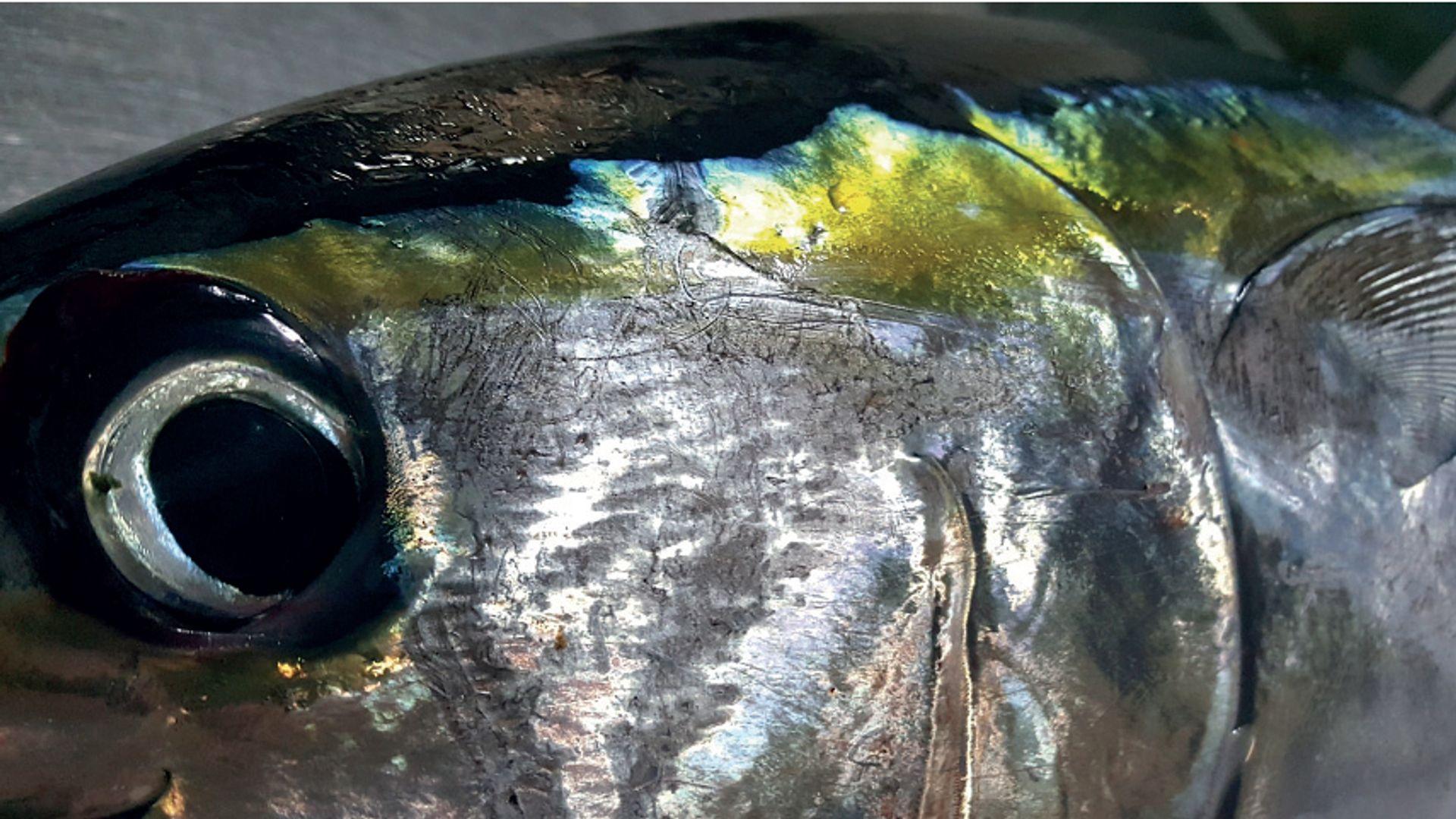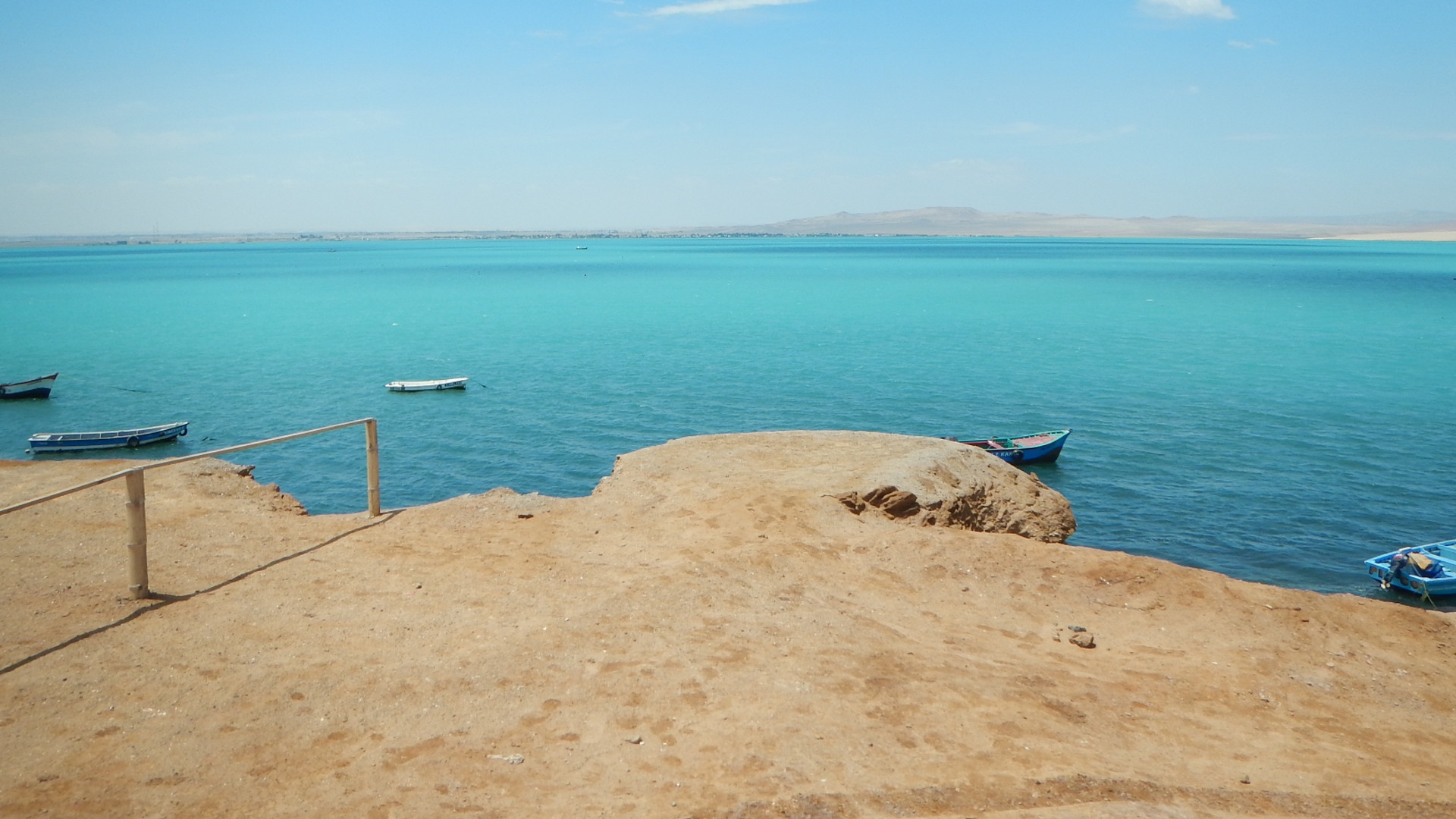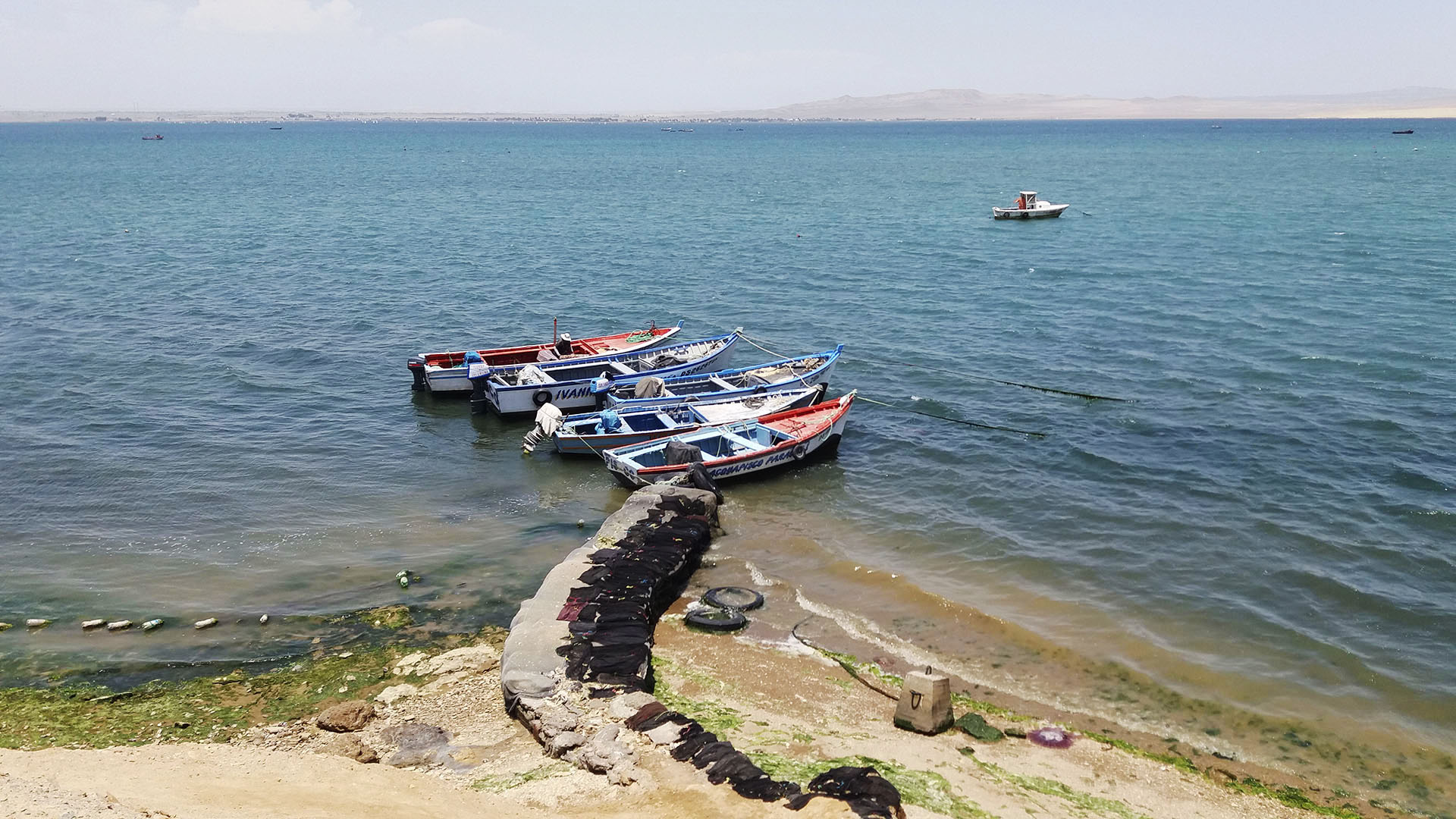Copyright : Laboratoire LEMAR- 2018
Although the Peruvian coast is located in the inter-tropical zone, it is a desertic zone bordered by
by generally cool waters (14 to 18°C). The South American Pacific coast is characterized by the presence of a very intense upwelling, known as Humboldt Current. It induces the upwelling of fresh, nutrient-rich waters that allow intense primary production, which is the source of the world’s most productive fisheries. However, due to the degradation of sedimenting organic matter these areas are also characterized by an very pronounced mid-depth minimum oxygen zone. Occasionally, the region is the theater of El Niño events: upwelling slows down and the coast is invaded by tropical warm water masses (> 23°C) that profoundly modify the functioning the coastal and littoral ecosystems. The latter are therefore subject to high levels of variability in environmental conditions.
LEMAR is interested in studying the ecology of Peruvian coastal bays, and the organisms that live there (small pelagic and benthic species) through approaches that combine observations and field experiments, laboratory experiments and modelling. The field work aims to characterize the level of variability of environmental parameters in nearshore waters (temperature, oxygen, trophic availability, etc.) and to understand how this variability is related to the dynamics of the adjacent upwelling. The experimental work aims to evaluate the resistance thresholds of species present in coastal bays, in particular exploited species (small pelagics, scallops), and to understand how this environmental variability affects the physiology of these species. Based on field observations and experimental work, modelling aims to predict and quantify how this variability affects the life traits of the species considered throughout their life cycle.
On the other hand, LEMAR is working to understand the mercury cycle in this minimum oxygen zone, which is particularly favourable to the formation of methylmercury (a toxic organic form that accumulates in marine organisms). Variations in methylmercury levels in organisms, from phytoplankton to large predators such as seabirds, are studied in relation to their trophic ecology but also to the highly variable environmental conditions in this area. These projects are done in collaboration with IMARPE (Instituto del Mar del Pérou).
LEMAR contributes to the training of Peruvian students at the Bachelor, Master and Doctorate level through the co-supervision of internship or doctoral students, but also through Master’s level courses given at the Instituto del Mar del Pérou and the Universidad Peruana Cayetano Heredia (Lima).
LMI DISCOH2 (Dynamique du système du courant de Humbolt), 2015-2019. (http://www.discoh.ird.fr/)
WP2 « Écologie des baies côtières péruviennes »
Porteur du WP2 : J Flye-Sainte-Marie








